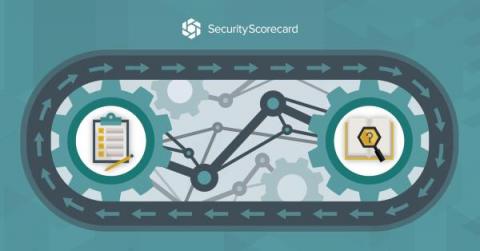Risk Remediation vs. Risk Mitigation
Remediation and mitigation are words commonly used interchangeably to describe a wide variety of risk management measures within an organization or project. They are, however, distinct concepts under enterprise risk management (ERM) principles, with particular relevance for safeguarding the organization and its stakeholders. Remediation activities focus on fixing a problem to avoid or prevent the arrival of a risk.





